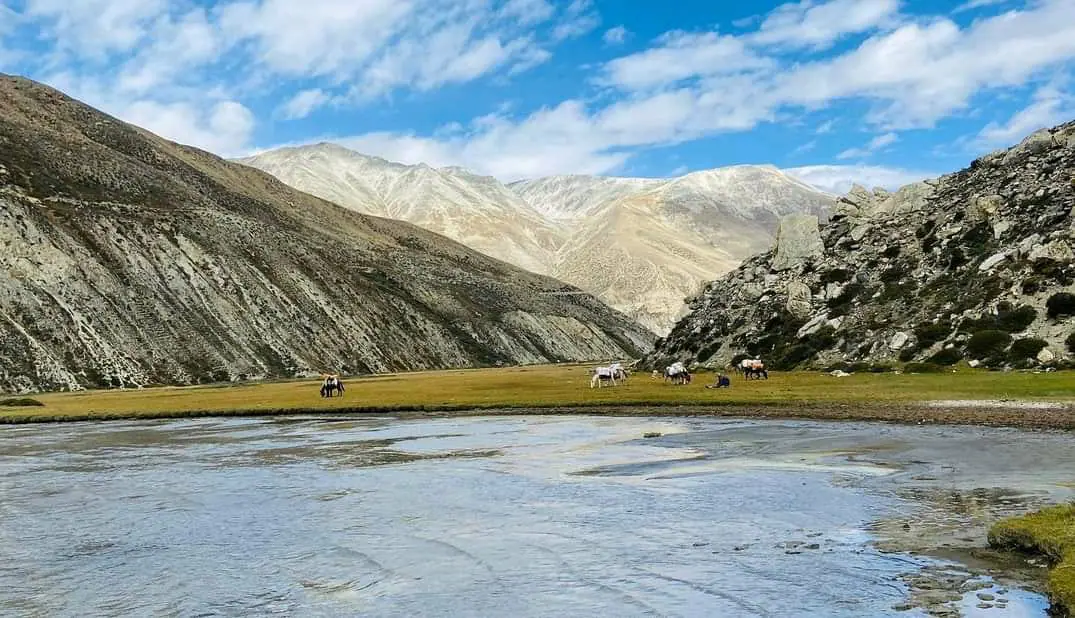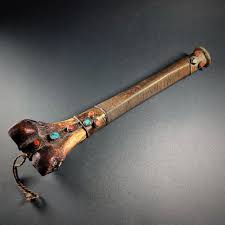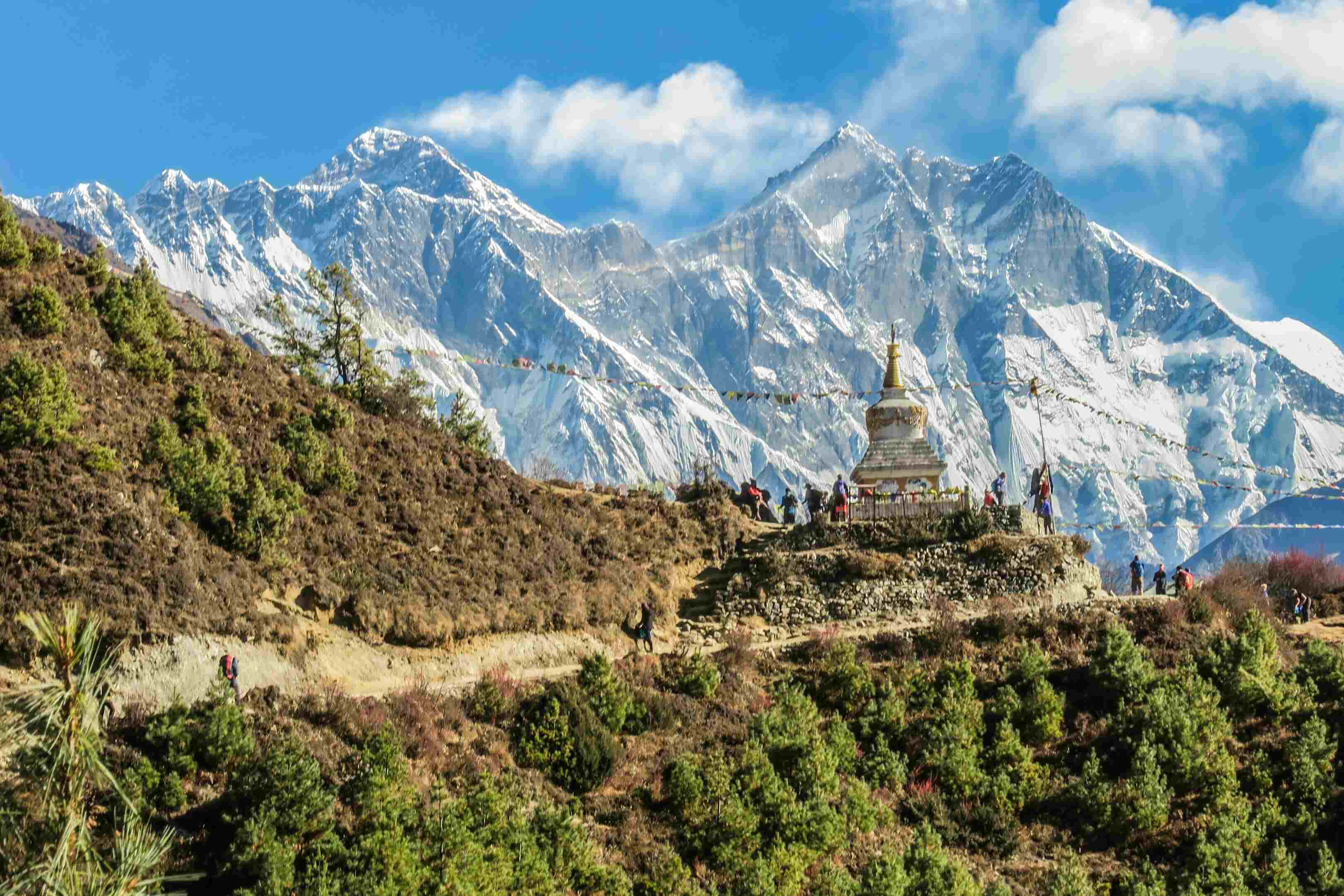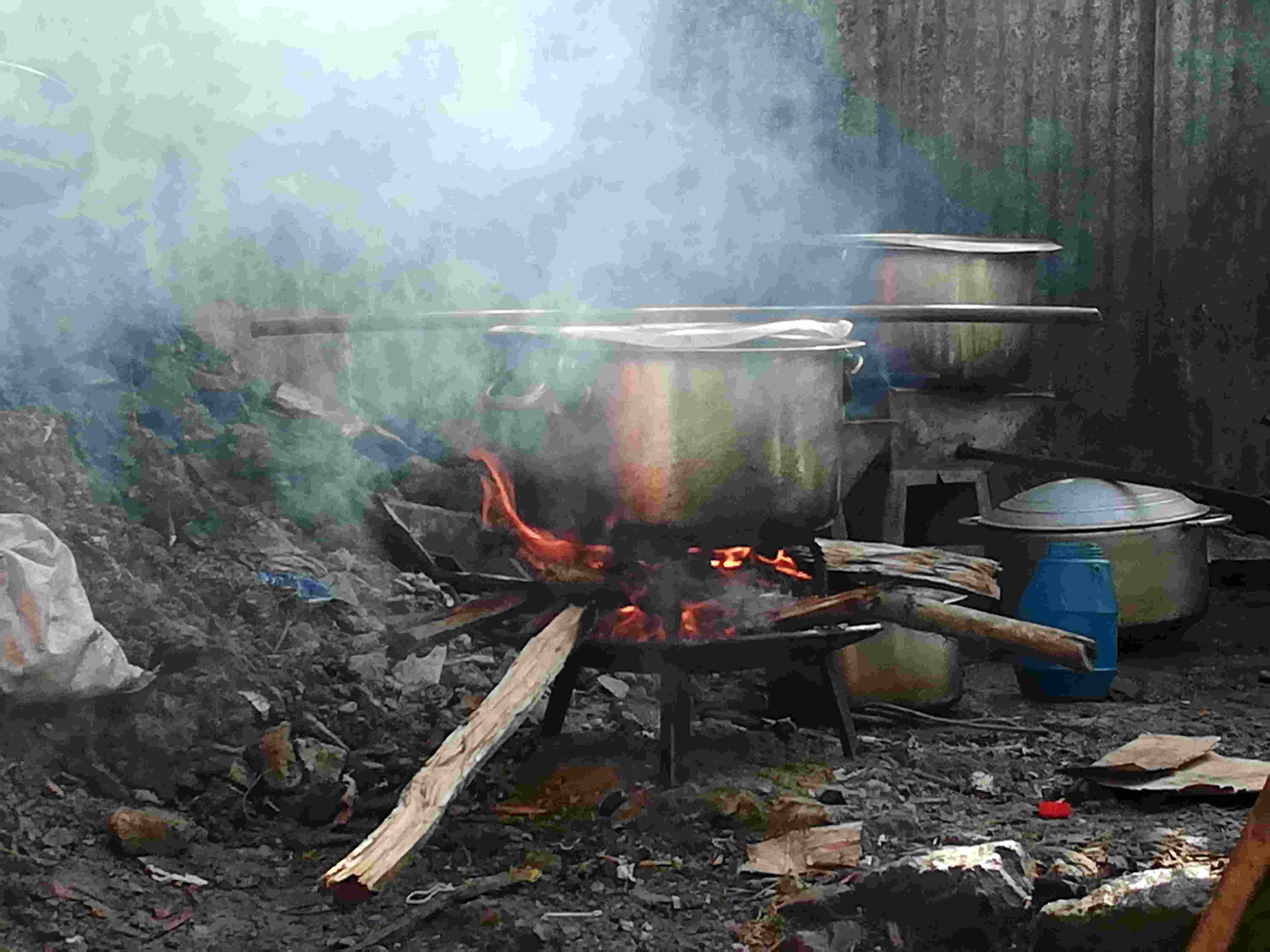Share this Article
Tuin: The Traditional River Crossing System of Nepal
In the rugged and mountainous terrain of Nepal, where rivers carve deep gorges and valleys, the Tuin serves as a vital lifeline for many remote communities. This traditional river crossing method, consisting of a simple cable and pulley system, has been a cornerstone of rural transportation for decades, facilitating the movement of people and goods across otherwise impassable rivers.
Origins and Functionality
The term "Tuin" (pronounced "toon") refers to a manually operated ropeway system. Its origins are deeply rooted in the ingenuity of local communities who sought practical solutions to traverse the challenging geographical features of their homeland. The basic structure of a Tuin includes a strong steel cable stretched across the river, anchored firmly on both sides. A pulley attached to a basket or a sling allows individuals to pull themselves across the river using a rope.
Construction and Operation
Constructing a Tuin requires meticulous planning and community effort. Steel cables, pulleys, and a sturdy framework are the primary components. The system is often installed at narrow sections of rivers to minimize the distance and enhance stability. Once installed, users manually operate the Tuin by pulling a rope to propel themselves across the river. The system's simplicity makes it accessible to people of all ages, though it requires physical effort and caution to use safely.
Importance in Remote Areas
In many parts of Nepal, especially in the Himalayan and hilly regions, building bridges is either impractical due to the steep terrain or too costly for local communities. Tuins provide a cost-effective and efficient alternative. They are particularly essential during the monsoon season when rivers swell, making traditional fording methods dangerous or impossible.
The Tuin not only supports daily commutes for villagers but also plays a critical role during emergencies, such as transporting the sick or injured to healthcare facilities across the river. Additionally, it aids in the transport of agricultural produce, livestock, and other essential goods, thereby sustaining local economies.
Challenges and Safety Concerns
Despite its utility, the Tuin system poses significant safety risks. The absence of modern safety measures means that accidents, though infrequent, can be severe. Over the years, numerous people have lost their lives while using Tuins, often due to equipment failure or extreme weather conditions. The thundering river just below the Tuin adds to the peril, creating an adrenaline rush for those crossing, but also a stark reminder of the risks involved.
Modernization and Alternatives
Recognizing the limitations of the Tuin, there have been initiatives to modernize or replace them with safer alternatives. The construction of suspension bridges has been prioritized in many regions, significantly reducing the dependency on Tuins. These bridges provide a permanent solution, enhancing safety and accessibility.
However, in some remote areas where bridge construction is still not feasible, efforts have been made to improve the existing Tuin systems. Upgrades include the use of better-quality materials, the introduction of mechanical pulleys to reduce physical effort, and the implementation of basic safety protocols.
Interestingly, what was once a necessity for survival has now inspired adventure tourism. Activities like ziplining and the omega jump, which involve crossing great heights with similar cable systems, have become popular in Nepal and around the world. These adventure sports offer a controlled environment where thrill-seekers can experience the adrenaline rush similar to that of crossing a Tuin, but with modern safety measures in place.
Cultural Significance
Beyond its functional role, the Tuin holds cultural significance for many communities. It is a symbol of resilience and the resourcefulness of the Nepali people, reflecting their ability to adapt to and overcome the challenges posed by their environment. Stories and folklore often feature the Tuin, highlighting its place in the collective memory and daily life of rural Nepal.
Conclusion
The Tuin is more than just a means of crossing rivers; it is a testament to the enduring spirit of innovation in Nepal's rural communities. While modernization and infrastructure development continue to change the landscape, the Tuin remains a poignant reminder of the traditional ways of life and the ongoing struggle to balance progress with preservation. As Nepal strides towards greater connectivity and safety, the legacy of the Tuin will undoubtedly remain a cherished part of its cultural and historical tapestry.
Categories:
Travel & Tourism
,
Lifestyle & Local Life
Tags:
Heritage







